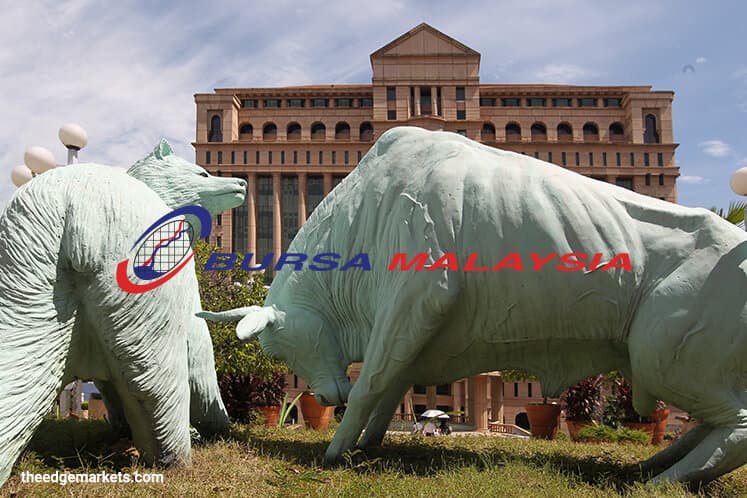
This article first appeared in The Edge Financial Daily on October 12, 2018
Bursa Malaysia Bhd
(Oct 11, RM7.64)
Maintain buy with a higher target price (TP) of RM8.70: There was sequential weakness in the third quarter of 2018’s securities average daily value (SADV). Bursa Malaysia Bhd’s July to September 2018 SADV on market trades (OMT) of RM2.23 billion was down 18% quarter-on-quarter. This sequential weakness was partly due to the high May 2018 SADV of RM3.38 billion (up 52% month-on-month), as trading volumes surged during the May 9, 2018 general election. Its first nine months of 2018 SADV was RM2.54 billion. For the overall SADV inclusive of OMT and direct business trades, we have assumed an SADV of RM2.7 billion for 2018, an improvement over 2017’s RM2.53 billion. We are even more optimistic about 2019, assuming a stronger SADV of RM2.8 billion.
On Tuesday, at the Malaysia: New Dawn Investors’ Conference that was jointly organised by RHB, the Bank Negara Malaysia governor said Malaysia’s economic outlook remains positive despite a challenging environment. Although economic growth has been slower, it remains on a steady growth path while inflation is moderating. The private sector will lead economic activities during 2018 to 2019, supported by employment, wage growth as well as strong consumer and business sentiments. We believe these factors will help to drive 2019’s SADV.
When Bursa announced its second quarter of financial year 2018 (2QFY18) results, an interim dividend of 14 sen a share and a special dividend of eight sen per share were declared. The dividends have since been paid. We forecast a dividend of 35 sen for FY18 (inclusive of a special dividend of eight sen), giving a dividend yield of 4.6%. Our FY19 dividend yield forecast is also a respectable 4.1%. This is close to the 10-year Malaysian sovereign bond yield of 4.07%. We have upgraded our TP to RM8.70 as we rolled over our valuation to FY19. Our TP is pegged at 26 times FY19 forecast earnings per share (one standard deviation above the three-year historical average price-earnings ratio of 23.5 times). Key risks are global economic fluctuations and geopolitical developments. — RHB Research Institute, Oct 10